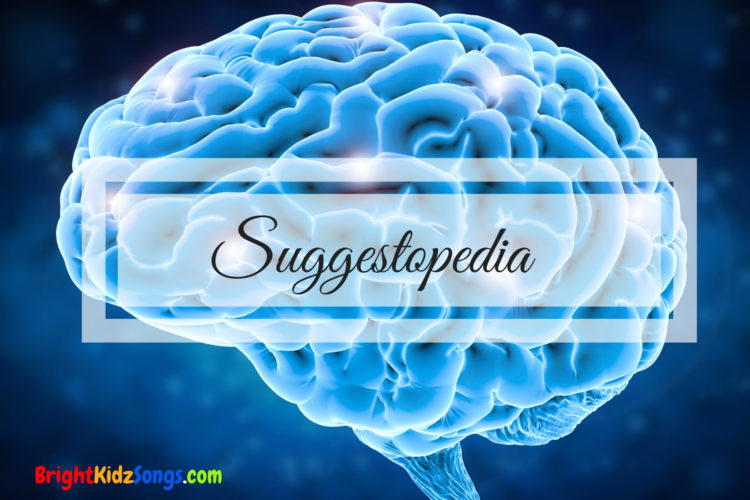This topic is on a little known learning technique developed by Bulgarian doctor, Dr Georgi Lozanov.
Dr Georgi Lozanov was a Bulgarian medical doctor who specialised in psychiatry and psychotherapy. He had a passion for understanding how human beings learn, which led him to travel around the world to examine examples of super memory and learning achievements.
Dr. Lozanov created a new learning methodology which he called Suggestopedia. He developed the term by combining two words: suggestion and pedagogy. Dr. Lozanov chose this name because of his fundamental concern about the influence of suggestion in teaching. In doing so, he asked himself questions like:
- What message do we, as teachers, give our learners? That learning is easy and fun? Or that what we are teaching is so difficult they will never master the subject?
- What beliefs do learners bring with them about what is possible for them to accomplish?
- How can teachers help learners move beyond their limiting beliefs and discover their full human potential?
In 1966, Dr Lozanov established the Suggestology Research Institute in Sofia to put his new system of teaching into practice.
Dr. Lozanov and his colleague, Dr. Evelyna Gateva, first applied the new methodology to the teaching of foreign languages, with astounding results. Students learned much faster than they had under traditional teaching methods, they retained the learning much longer, and they had a LOT more fun in class!
Suggestopedia made learning a pleasurable, natural process by:
- Incorporating music, art, role-playing and games into the curriculum.
- Placing great emphasis on the quality of the learning environment.
- Showing teachers how to create an emotionally safe and rich environment that motivates learners to expand their perspectives and increase their capacity to learn.
Dr. Lozanov’s main concern was the mental, physical and spiritual health of the learner. His system not only allowed students to learn without trauma and stress, but it also helped them rediscover their natural thirst for learning.
In the process, learners uncovered previously hidden capacities and talents, which Lozanov called the reserve capacities of the mind.
The result was that students not only had fun learning, but that they had also absorbed subject matters at greatly increased rates. In fact, the results were phenomenal. Students learned material 3 to 5 times faster than with “normal” teaching methods.
Georgi Lozanov’s remarkable success with the teaching of foreign languages soon drew international attention. In 1975 Dr. Donald Schuster and Dr. Charles Gritton formed the Society for Accelerative Learning and Teaching (SALT) at Iowa State University.
As a result, the movement in the United States became known as either Accelerative or Accelerated Learning. The organization experienced great success as it began teaching educators how to apply suggestion, relaxation and music to the learning process. It also readily absorbed new knowledge from cognitive scientists and pioneering educators.
A couple of learning strategies in Suggestopedia are:
Mental Imagery – The key to this technique is that you describe what you see and experience OUT LOUD, either to a partner or into a tape recorder. The more you describe, the more details you will see.
Socratic Method – The Socratic Method is an approach to learning and thinking that draws out knowledge from inside of us using questions. First mentioned by Plato in the Socratic Dialogues (4th century B.C.E.), at heart the method involves a conversation between two people: the questioner/listener and the speaker.
Through the process of asking questions and listening, the Socratic Method helps you discover your inborn ability to create, think and solve problems.
As Dr. Lozanov was developing his methodology in Bulgaria, cognitive scientists and pioneering educators in America were also making great strides in understanding how the brain learns.
For example, Harvard professor Howard Gardner developed the theory of Multiple Intelligences, Dr. Antonio Damasio demonstrated how critical emotions are to learning, and University of California linguist John Grinder, in conjunction with psychology student Richard Bandler, began laying the foundation for Neuro-Linguistic Programming (NLP).
As a result, the Accelerated Learning movement in the United States embraced these new learnings and incorporated them into their best practices in teaching, training and development.There are many more learning strategies under Suggestopedia, and we encourage you to delve more.

